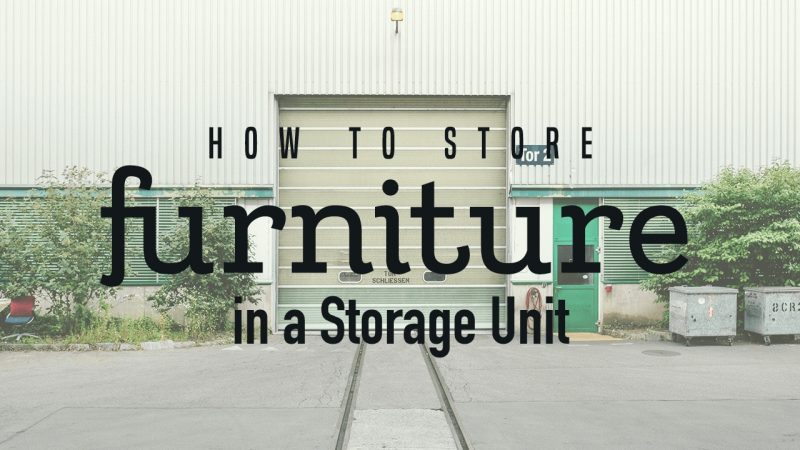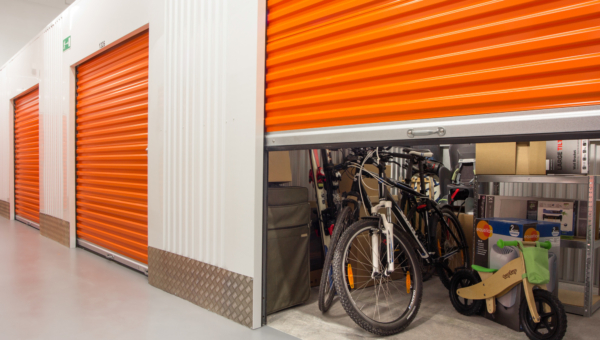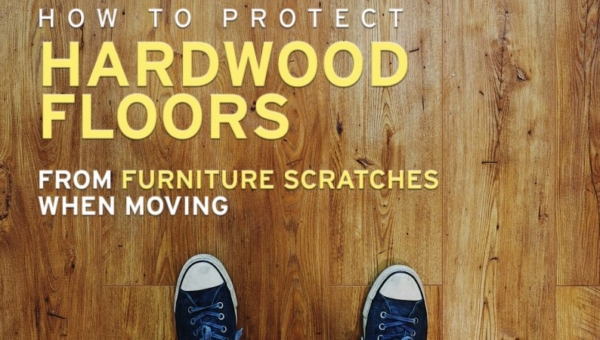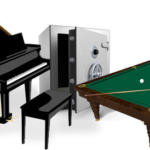It’s convenient when you can move your furniture from your old home directly to your new home, but that’s not always possible. The timing of a home sale and purchase might mean that you have to place your belongings temporarily in storage. According to the Huffington Post, there are over 48,000 self-storage units in the United States. That’s a lot – even more than the number of McDonald’s restaurants.
Not all those storage units are being used by people who are moving – some people have more stuff than they have room to store in their homes. Whatever your reason for using storage, how can you protect your furniture while it’s sitting for weeks or months in one of those storage units?
1. PREPARE THE FURNITURE BY CLEANING IT
First, it’s essential to clean your furniture before storage:
- Clean each piece of furniture with an appropriate cleaner.
- Wipe down glass mirrors, tabletops, and other glass furniture with Windex.
- Use leather wipes on leather furniture.
- The Security Self Storage blog recommends that you clean upholstery first with a vacuum and then work in a fabric cleaner. Let the cleanser sit for a while before working it out with a fabric brush or other tool.
- The DIY network suggests cleaning wood furniture by first using a dry dust cloth. This dusting removes any dirt on the surface. Then choose a gentle wood cleaner and apply with a clean cloth. Use your damp cloth to wipe down the entire surface of the furniture. Finally, dry the wood piece with another dry, clean cloth.
- Hunker recommends that you clean metal furniture outside using a large bucket of water with just a few tablespoons of dish soap. An old toothbrush or gentle bath brush is excellent for scrubbing away dirt and grime. You can rinse off your metal furniture with a garden hose before drying it. If the metal furniture also has fabric (such as cushions on metal, outdoor chairs), you’ll want to remove those pieces first and clean them separately. Rust can be scrubbed off with a wire brush. Use a spray-on metal primer on the rust spots for extra protection. You can also use solid car wax on metal furniture to protect it.
- Dry all your furniture completely by letting it sit in an area with proper ventilation for several hours.
2. DISASSEMBLE FURNITURE FOR EASIER TRANSPORT
Next, you’ll need to disassemble your furniture for easy transportation to the storage unit:
- Unscrew legs from sofas and tables if possible.
- Remove drawers from dressers.
- Take off the cushions from your couches and cushioned chairs.
- Remove mattresses, box springs, planks, footboards, headboards, and footboards from beds.
- Label the parts and keep them together in a plastic baggie to make re-assembly easier when you remove the items from storage and bring them into your new home.
3. WRAP YOUR FURNITURE
To keep your furniture free of dust, dirt, scratches, and dents while moving and storing it, make sure to wrap it properly. Here are some tips for packing different kinds of materials:
- Use moving blankets to cover wood furniture. Other materials, like bubble wrap, could cause damage to the surface of the wood.
- Avoid plastic wrap on cloth furniture. Plastic can suffocate the fabric. Condensation becomes trapped beneath the plastic, which can lead to mildew at worse or nasty smells in the storage unit at best. Instead, wrap your fabric furniture in sheets, specially designed covers (check with furniture stores for these), drop cloths, or moving blankets.
- You may use bubble wrap for metal furniture.
- Bubble wrap is especially useful for cushioning glass furniture, like mirrors and glass tables.
- Make sure you wrap the legs and other blunt parts of furniture that can potentially scratch.
- Never apply moving tape directly to your furniture. Apply it to the material in which you wrap it.
4. MOVE YOUR FURNITURE INTO STORAGE
Once you have prepped your furniture for storage by cleaning it, disassembling it, and covering it, you will need to store it properly, too. When moving your furniture into storage:
- Don’t shove several pieces of furniture together tightly; doing so can cause damage.
- Leave some space between your furniture items in storage to allow for the free flow of air.
- Consider a climate-controlled storage unit to keep your furniture in its best possible condition. Fluctuations in temperature and humidity are especially harmful to wooden and upholstered items.
Following these tips will help ensure that your furniture lasts well beyond its time in storage. If you’re looking for a full-service Rogers mover, who can handle your moving and storage needs, give Razorback moving a call. In addition to our affordable moving services, we also offer storage solutions at each of our locations across the country at low, affordable rates.
DO YOU NEED HELP WITH PACKING, UNPACKING, STORAGE, OR YOUR ENTIRE MOVE?
Request a free rapid quote for any moving services you may need. Get started today!











